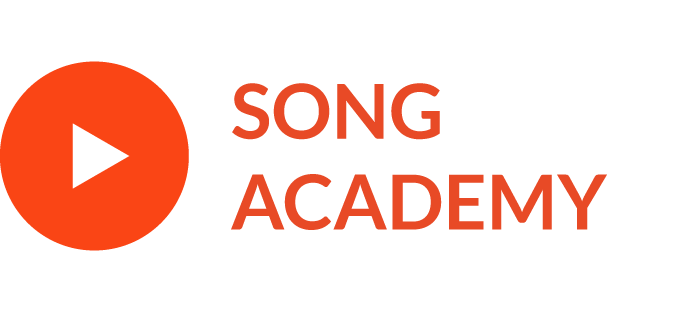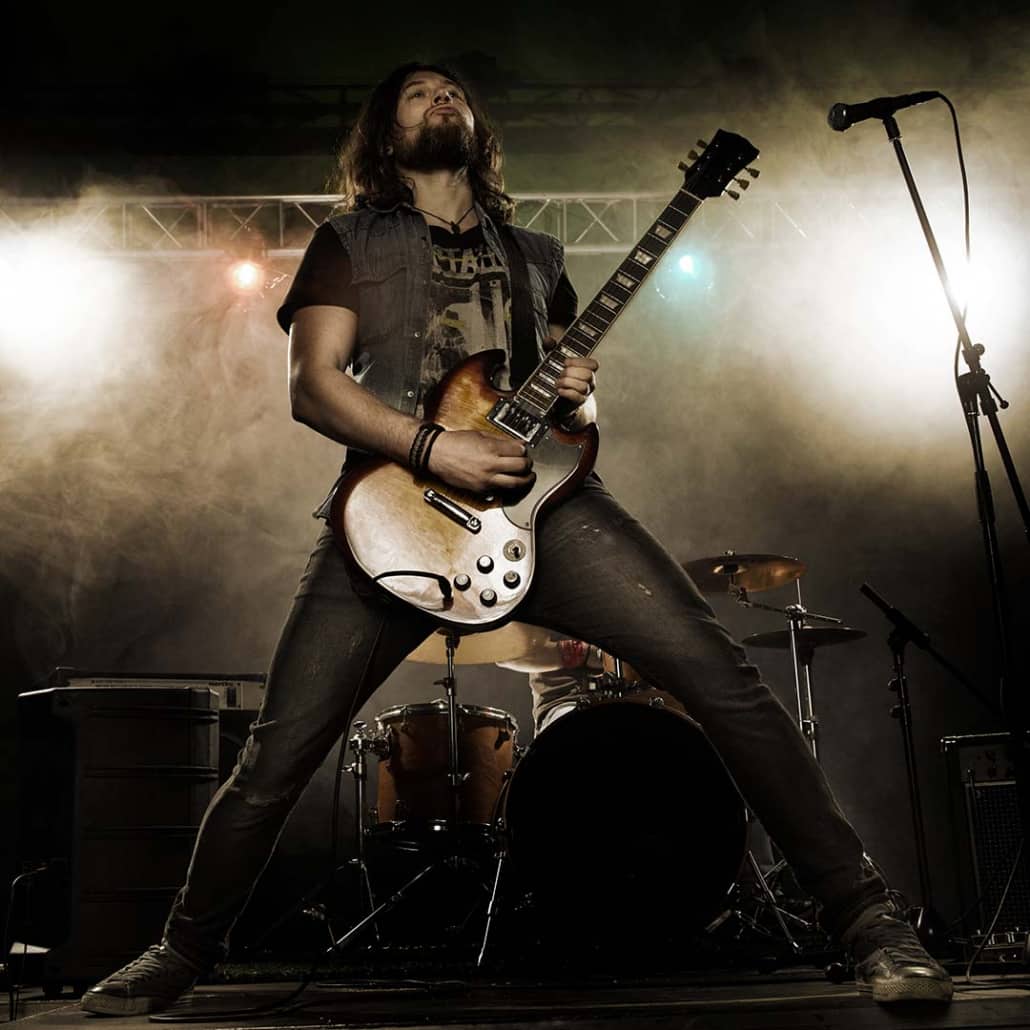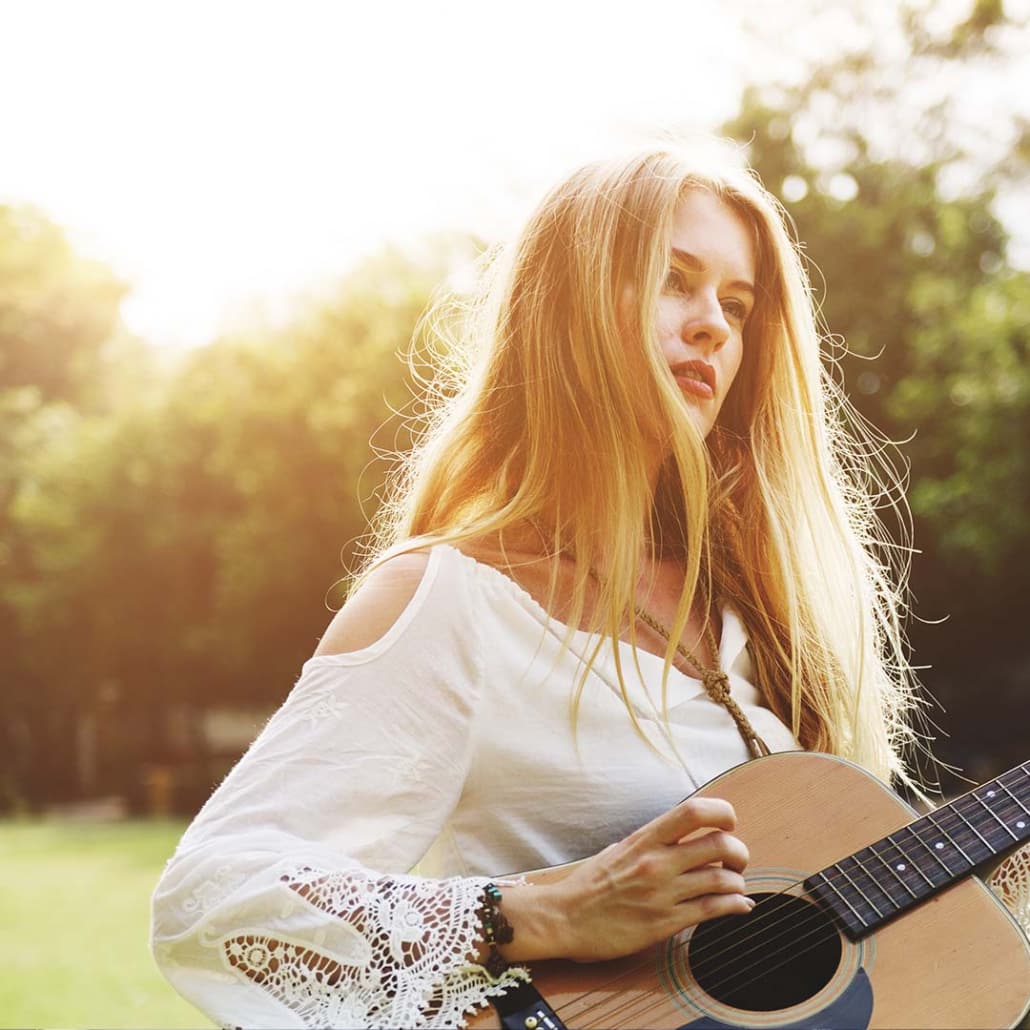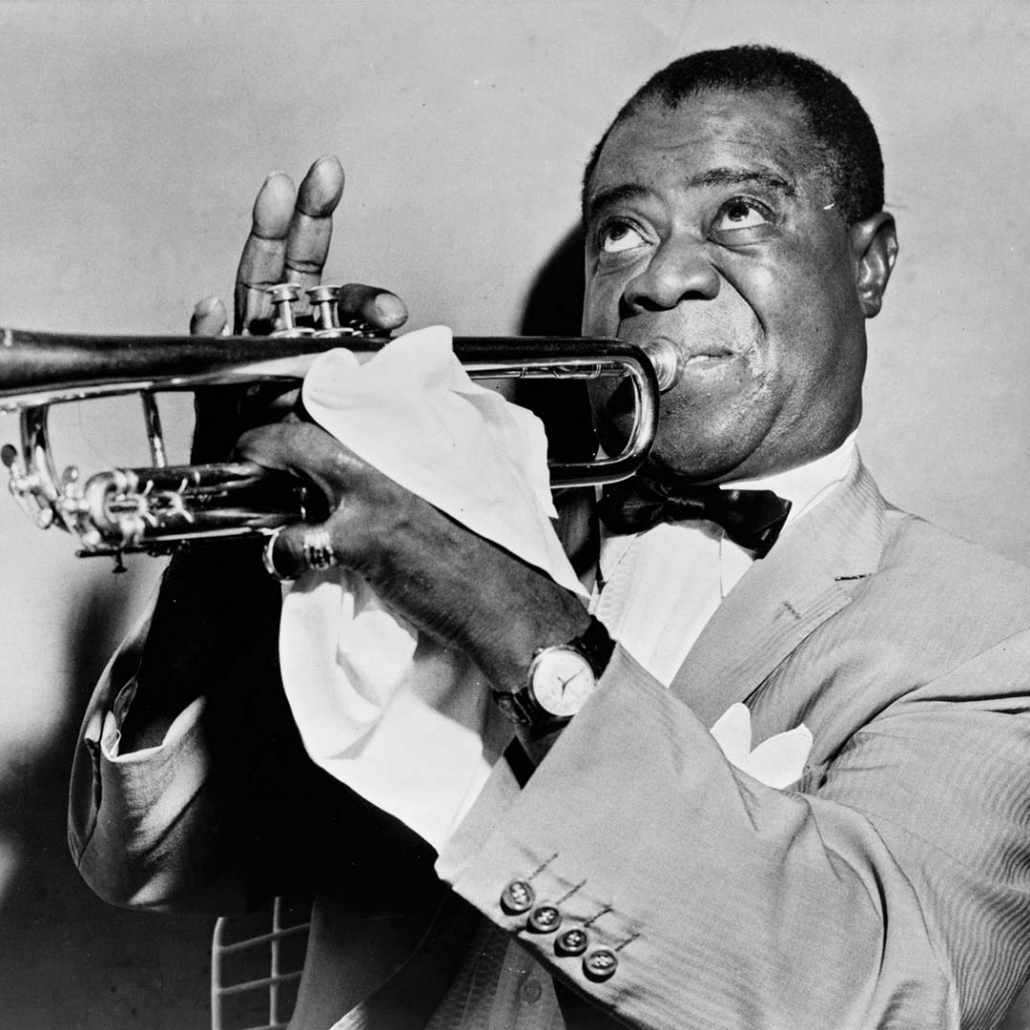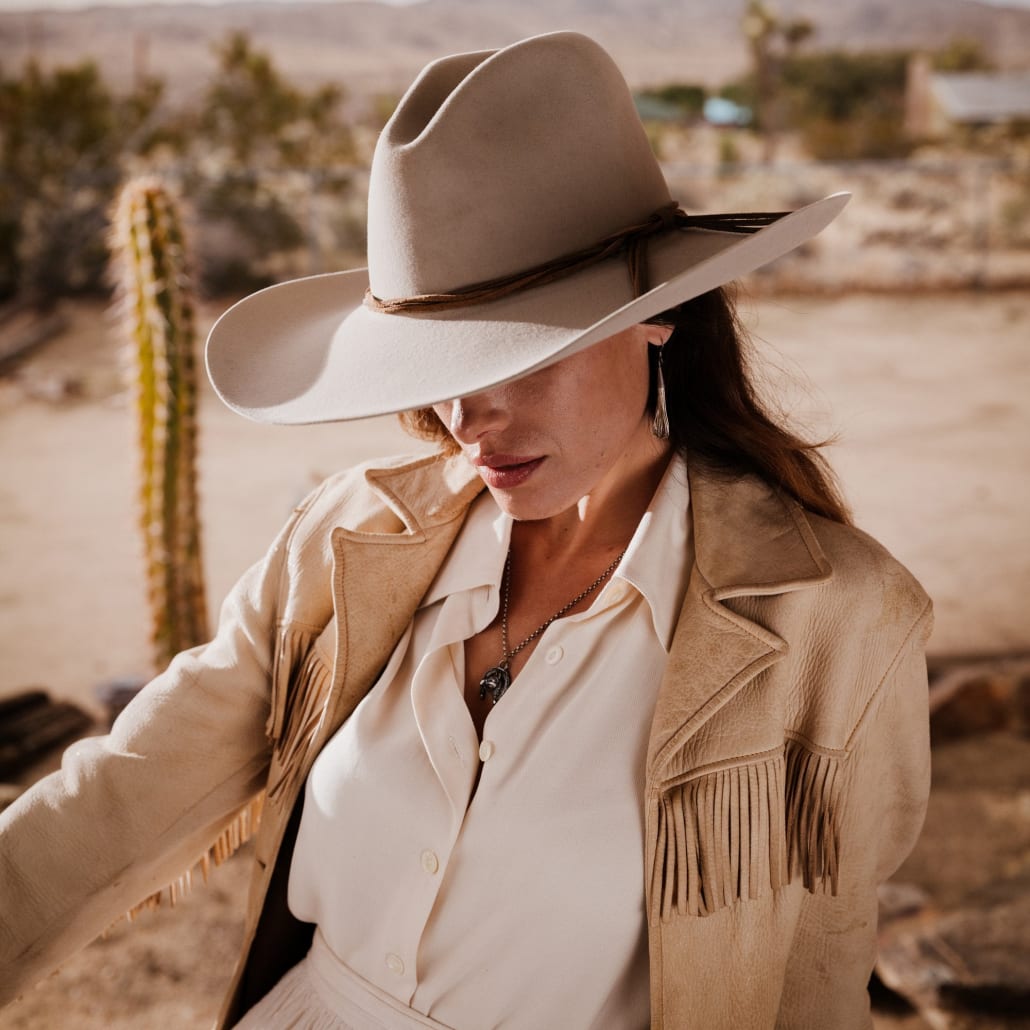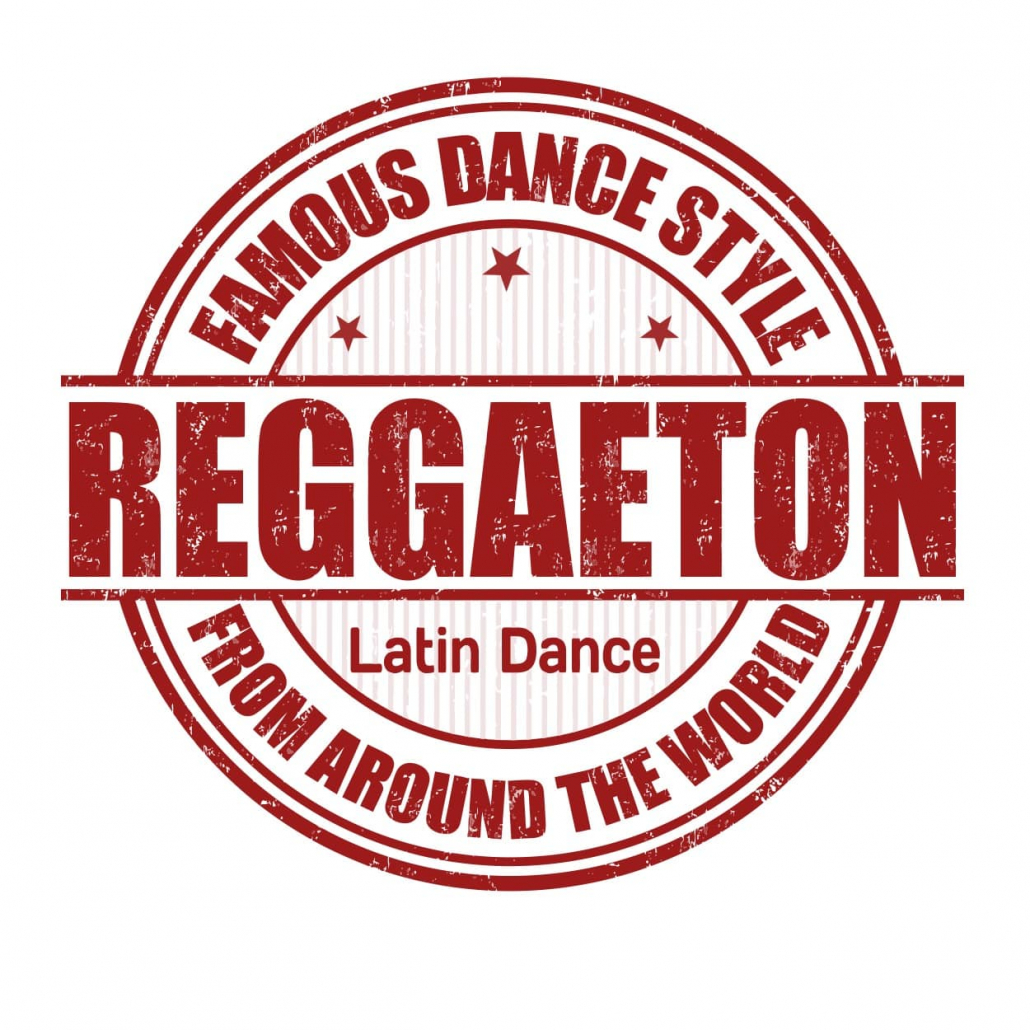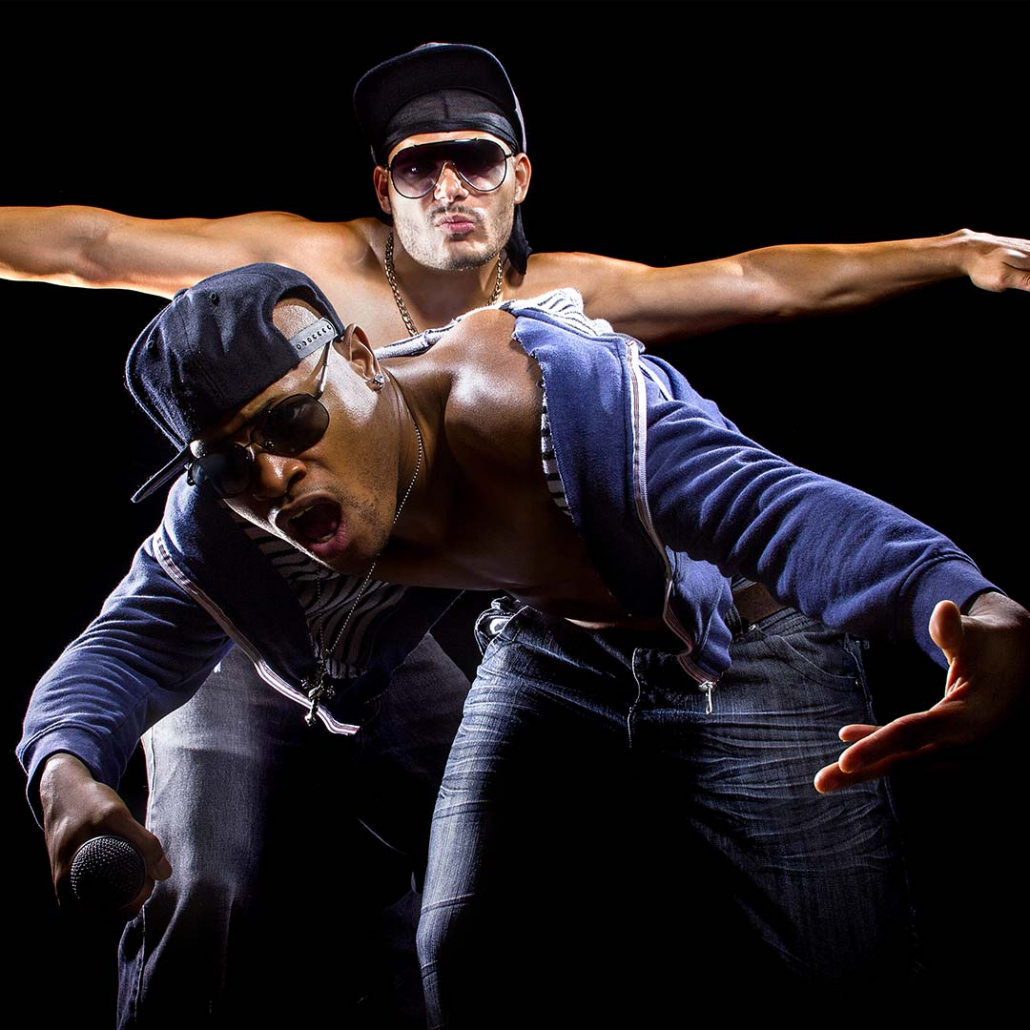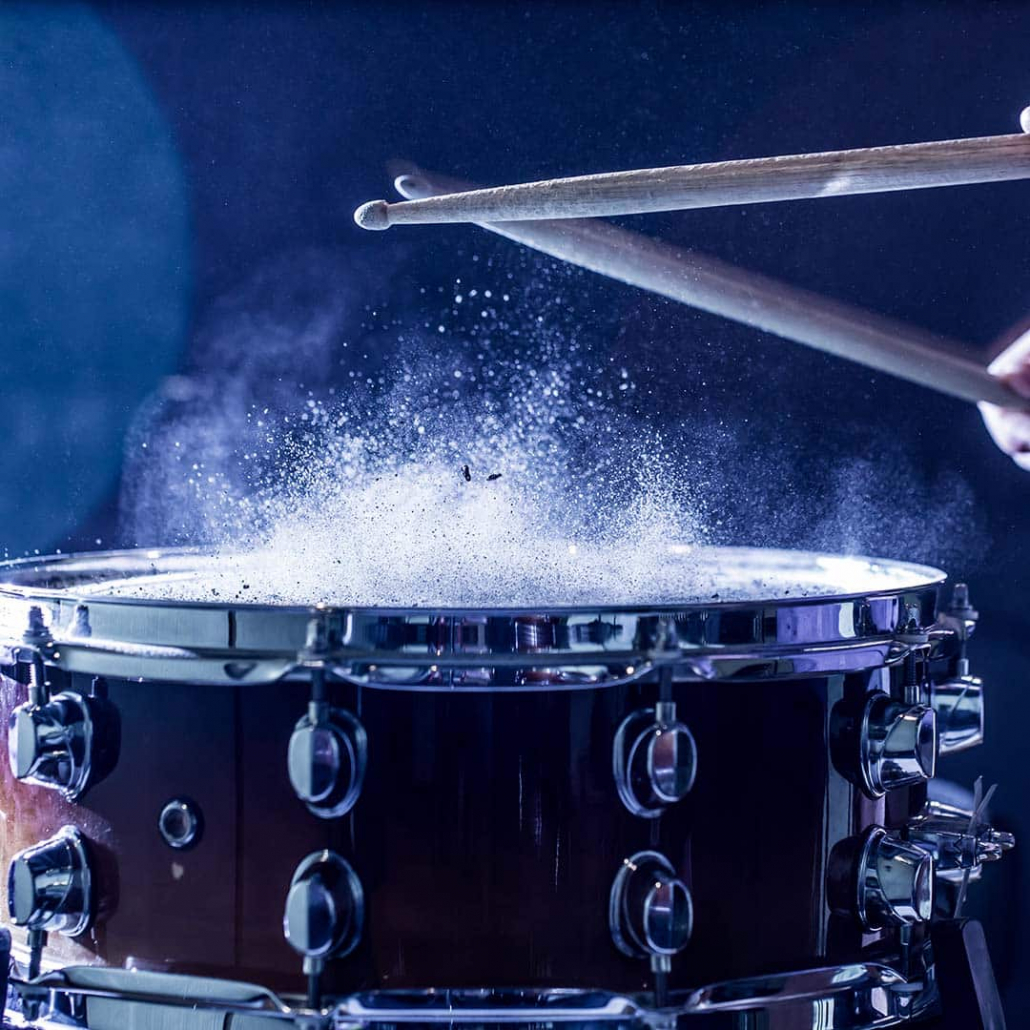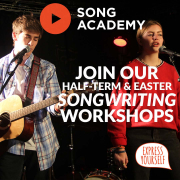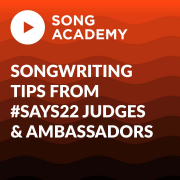Spotlight on the Rock song genre
The aim of our spotlights on different song genres is to make it easy for Music teachers to bring to life the different contemporary music styles. In addition, for English teachers to have the knowledge and a great instrumental track for pupils to write song lyrics in a style of music they choose.
Rock music is a broad style that originated directly from Rock’n’Roll but which evolved into many sub-genres since the early 1950s. It has often accompanied cultural movements and social protests and it influenced daily life, attitudes, fashion and language in a way few other social developments have equalled.
We’ve looked at some of the key features of instrumentation, rhythm & beat and chords & harmonies in Rock songs. Plus we’ve selected some Rock songs to have a listen to. Pupils can use our demonstration instrumental track to write their lyrics & melodies over.
Instrumentation
There is no Rock without electric guitars. They already existed since the 1930s in Jazz music and Blues but they got more presence in ‘rock and roll’ when distortions were used on purpose from the 1950s. Taking more and more space, performing solos, using effects, the Electric guitar became soon the iconic Rock instrument and from the 1960s the typical band formation was made of 2 e-guitars, 1 e-bass and drums. But of course, the genre continued to evolve with time and be influenced by new technologies. Contemporary Rock sounds sometimes similar to pop music, using electronic sounds and modern music production techniques but the signature has always been the same, electric guitars.
Rhythm and Beat
Rock is most of the time in 4/4 although there were times in the 1970s during the psychedelic apogee where musicians experimented with asymmetric rhythms, like Led Zepplin. The drum beats are characterised by big acoustic drum sound that can have different kind of grooves. Sometimes Rock music is influenced by Funk music, Pop, Rock’n’Roll.
Chords and Harmonies
Rock comes from Rock’n’Roll which originated from Blues. It is no surprise that the Blues scale and the Blues form play a big part of this genre which also has elements of many other styles. From Pop, Jazz, Country and more, Rock has had many influences and that is why there are so many names describing these sub genres: Rock alternative, Jazz Rock, Garage Rock, Indi Rock and much more.
Demonstration instrumental track
You can use our demonstration instrumental track below to have a go at putting your lyrics and melodies over a Rock style instrumental. The Demo instrumental has an upbeat tempo with the dynamical guitars mostly playing 8th notes all along. The song structure of this instrumental track is:
Intro – 2 bars
Refrain – 8 bars
Verse 1 – 8 bars
Pre Chorus – 8 bars
Chorus – 8 bars
Refrain – 8 bars
Verse 2 – 8 bars
Pre Chorus – 8 bars
Chorus – 8 bars
Chorus – 8 bars
Break – 2 bars
Bridge – 16 bars
Refrain – 8 bars
Refrain – 8 bars
SONG REFERENCES
Following references are here to help you get an idea of rock songs from different sub-genres.
NOTHING BUT THIEVES – AMSTERDAM
This band represents here contemporary rock music from our time. The formation is the same as classic Rock bands in the 1960s with 2 guitars, a bass, a drum and a singer.
WHOLE LOTTA LOVE – LED ZEPPLIN
This English band was formed at the end of the 1960s during the hippies highest times. They became famous for their dynamical songs but also for their melancholic ones.
SEX ON FIRE – KINGS OF LEON
Great song by this alternative/indie rock band.
SMELL LIKE TEEN SPIRITS – NIRVANA
Kurt Cobain is one of those artists that created something really special.
GREEN DAY – AMERICAN IDIOTS
One of the most known Punk band from the 2000s that made an impact with their provocative style.
